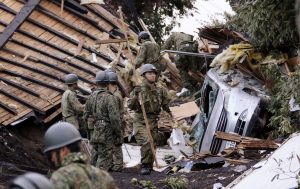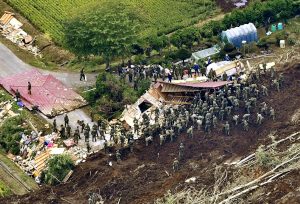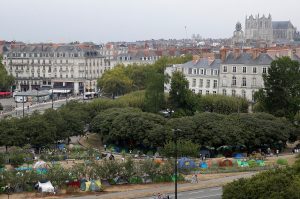
By Lucia Mutikani
WASHINGTON (Reuters) – U.S. job growth accelerated in August and wages notched their largest annual increase in more than nine years, strengthening views that the economy was so far weathering the Trump administration’s escalating trade war with China.
The Labor Department’s closely watched employment report published on Friday also showed slack in the jobs market was rapidly diminishing, with a broader measure of unemployment falling to a level not seen since 2001. The report cemented expectations for a third interest rate increase from the Federal Reserve this year when policymakers meet on Sept. 25-26.
“The economy is on an adrenalin rush,” said Ryan Sweet, senior economist at Moody’s Analytics in West Chester, Pennsylvania. “Given the amount of fiscal stimulus that the economy is benefiting from, it’s going to take a lot to get it off that high.”
Nonfarm payrolls surged by 201,000 jobs last month, boosted by hiring at construction sites, wholesalers and professional and business services, the Labor Department said. There were also gains in transportation and healthcare employment.
Job growth averaged 185,000 per month in the past three months. The economy needs to create 120,000 jobs per month to keep up with growth in the working-age population.
Average hourly earnings increased 0.4 percent, or 10 cents in August after rising 0.3 percent in July. That raised the annual increase in wages to 2.9 percent in August, the largest gain since June 2009, from 2.7 percent in July.
A broader measure of unemployment, which includes people who want to work but have given up searching and those working part-time because they cannot find full-time employment, fell one-tenth of a percentage point to 7.4 percent, the lowest level since April 2001. The unemployment rate was unchanged at 3.9 percent.
Economists polled by Reuters had forecast nonfarm payrolls increasing by 191,000 jobs last month and the unemployment rate falling to 3.8 percent. The economy created 50,000 fewer jobs in June and July than previously reported.
The dollar firmed against a basket of currencies after the report, while U.S. Treasury yields rose. U.S. stock index futures extended losses.
Analysts say the administration’s $1.5 trillion tax cut package and increased government spending were shielding the economy from the trade tensions, which have also seen Washington engaged in tit-for-tat tariffs with other trade partners, including the European Union, Canada and Mexico.
They also note that the import duties implemented so far have affected only a small portion of the American economy, but warned this could change if President Donald Trump pressed ahead with additional tariffs on Chinese imports.
The United States and China have slapped retaliatory tariffs on a combined $100 billion of products since early July.
LIMITED IMPACT FROM TARIFFS
Americans had until Thursday to comment on a list of $200 billion worth of Chinese goods widely expected to be hit with tariffs soon. The government imposed import duties on goods including steel, aluminum, washing machines, lumber and solar panels early this year to protect American industries from what Trump says is unfair foreign competition.
Global outplacement firm Challenger, Gray & Christmas said on Thursday there were 521 tariff-related job cuts in August, but these were largely offset by the hiring of 359 workers by steel producers.
The employment report added to manufacturing and services industries surveys in suggesting the Trump administration’s protectionist trade policy was having a marginal impact on the economy for now. The economy grew at a 4.2 percent annualized rate in the second quarter, almost double the 2.2 percent pace set in the January-March period.
The labor force participation rate, or the proportion of working-age Americans who have a job or are looking for one, fell two-tenths of a percentage point to 62.7 percent last month, putting a wrinkle on an otherwise upbeat employment report.
Job gains in August were almost across all sectors, though manufacturing payrolls fell by 3,000. That was the first drop since July 2017 and followed an increase of 18,000 in July. Manufacturing employment was weighed down by declines in machinery, computer and electronic products and motor vehicle and parts industries.
Construction companies hired 23,000 more workers last month. They increased payrolls by 18,000 jobs in July. Wholesalers added 22,400 jobs last month. Payrolls in the professional and business services industries rose by 53,000 jobs in August.
Employment at sporting goods, hobby, book and music stores rebounded by 9,200 jobs in August after shedding 30,300 jobs in July related to the closing of all Toys-R-Us stores.
But retail payrolls fell 5,900 last month and government shed 3,000.
(Reporting by Lucia Mutikani; Editing by Andrea Ricci)













